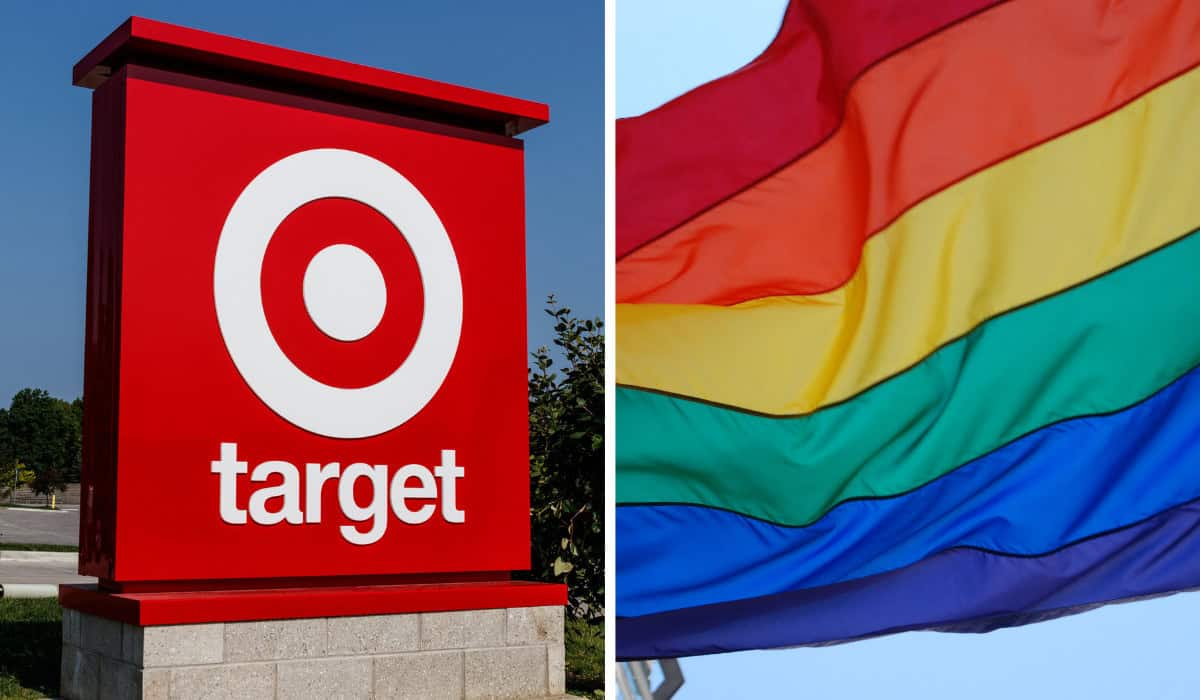
iStock.com/jetcityimage | ©nancydowd via Canva.com
Should Target Be Scaling Back Pride Month?
Target is reducing the number of stores that will carry its LGBTQ-themed merchandise as well as limiting apparel sizes to adults for Pride Month in June following a boycott last year that negatively impacted results.
About half of Target’s 2,000 stores will sell the Pride collection, according to Bloomberg, which first reported the news. Target said store distribution will be based on “historical sales performance.” The assortment will also be sold on Target’s website.
Additionally, Target said this year’s collection will include “adult apparel and home and food and beverage items, curated based on consumer feedback,” implying the range this year will no longer include kids-sized apparel. It will likely also avoid other controversial items from last year’s range.
Target, long seen as a trailblazer among retailers in the way it embraced LGBTQ+ rights and customers, has often displayed its Pride apparel and merchandise prominently in many of its stores, sometimes near the entrances. Last year, however, the discounter was forced to remove some items, including bathing suits designed for transgender people, from its LGBTQ+ themed collection after facing online backlash from conservative commentators and customers as well as in-store confrontations between customers and employees in some stores.
Citing concerns over employee safety, displays at some locations were also moved farther back into the stores. Target blamed the backlash in part for a drop in its sales in last year’s second quarter.
Christina Hennington, Target’s chief growth officer, told analysts last August, “The reaction is a signal for us to pause, adapt, and learn so that our future approach to these moments balances celebration, inclusivity, and broad-based appeal.”
In an interview on CNBC’s “Squawk Box” last November, Target CEO Brian Cornell stressed the moves were done largely for employee safety, with customers yelling, destroying merchandise, and threatening to light items on fire. He said, “I knew personally this was not gonna be well received. But we had to prioritize the safety of the team.”
In disclosing its Pride Month plans for 2024, Target pledged its continued support for the LGBTQ+ community, including having a presence at local Pride events in Minneapolis — where it’s headquartered — and around the country in June.
Target said in a media statement, “Target is committed to supporting the LGBTQIA+ community during Pride Month and year-round. Most importantly, we want to create a welcoming and supportive environment for our LGBTQIA+ team members, which reflects our culture of care for the over 400,000 people who work at Target.”
Many retailers began expanding their Pride Month offerings a decade ago or even further back to better target the LGBTQ+ community given the group’s growing financial, political, and social clout as well as inclusivity pushes. Younger Americans are increasingly identifying as LGBTQ+. A Pew Research Center survey of over 12,000 U.S. adults conducted in the summer of 2022 found that 17% of adults younger than 30 identify as lesbian, gay, or bisexual versus 7% of overall respondents.
LGBTQ+ advocacy group Human Rights Campaign President Kelley Robinson said in a statement that Target’s decision “is disappointing and alienates LGBTQ+ individuals and allies at the risk of not only their bottom line but also their values.”
She added, “Pride merchandise means something. LGBTQ+ people are in every ZIP code in this country, and we aren’t going anywhere.”
Target’s controversy underscores the challenges companies face catering to different groups of customers at a time of extreme cultural divides, particularly around transgender rights. Bud Light and Nike both faced boycott threats last year for partnering with a transsexual influencer.
Speaking to Axios last year, University of Michigan marketing professor Erik Gordon said that traditionally, Pride Month marketing was “basically costless” for brands with a small risk of being accused of “rainbow washing,” or marketing ostensibly to support LGBTQ+ members without active support. He added, “Now it’s becoming more costly. Now we’re going to see who is actually committed to Pride causes.”
Discussion Questions
Did Target make the right move in reducing distribution and narrowing apparel sizes to adults for its LGBTQ-themed merchandise for Pride Month?
Is LGBTQ+ pride marketing becoming riskier?
